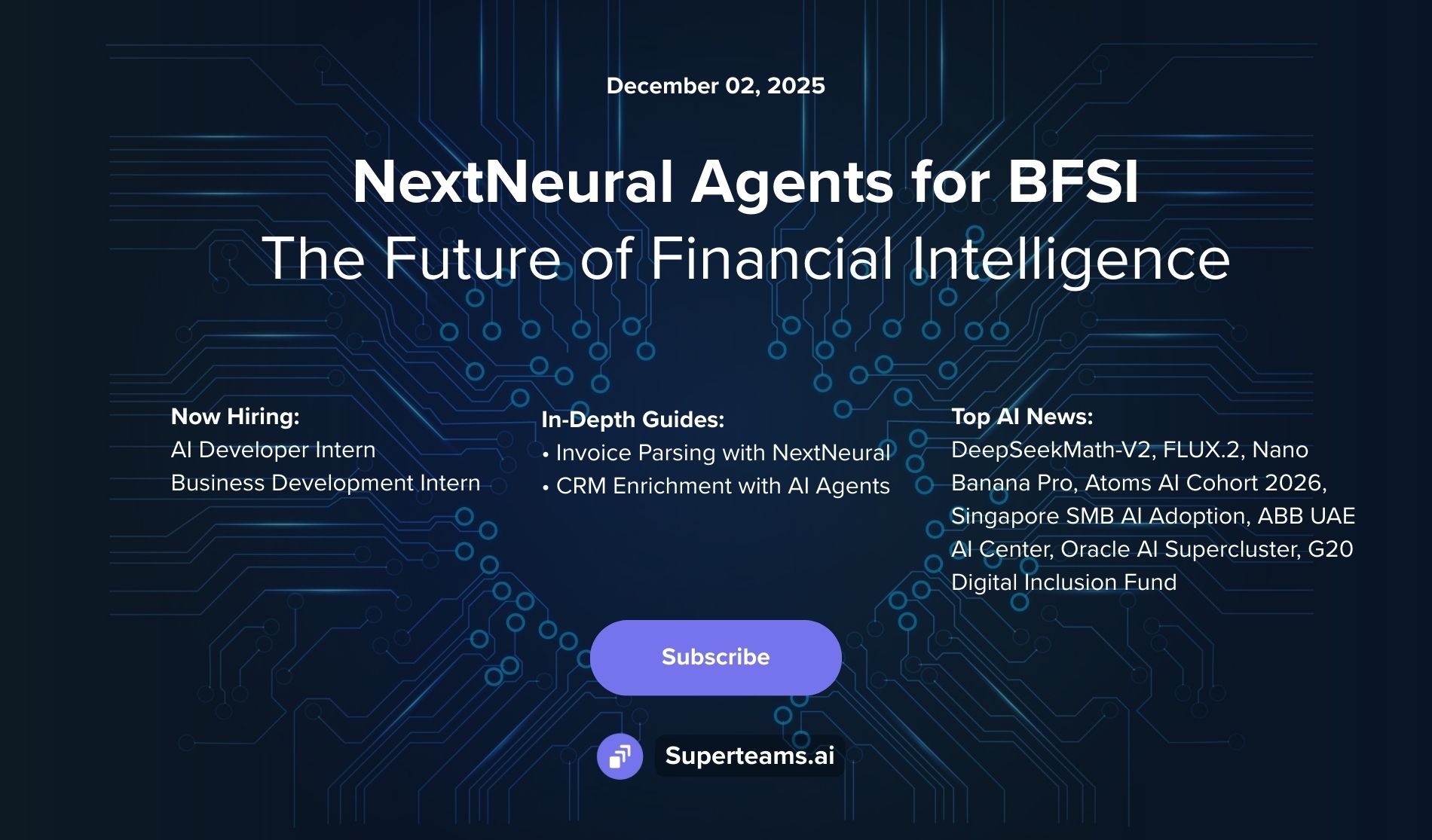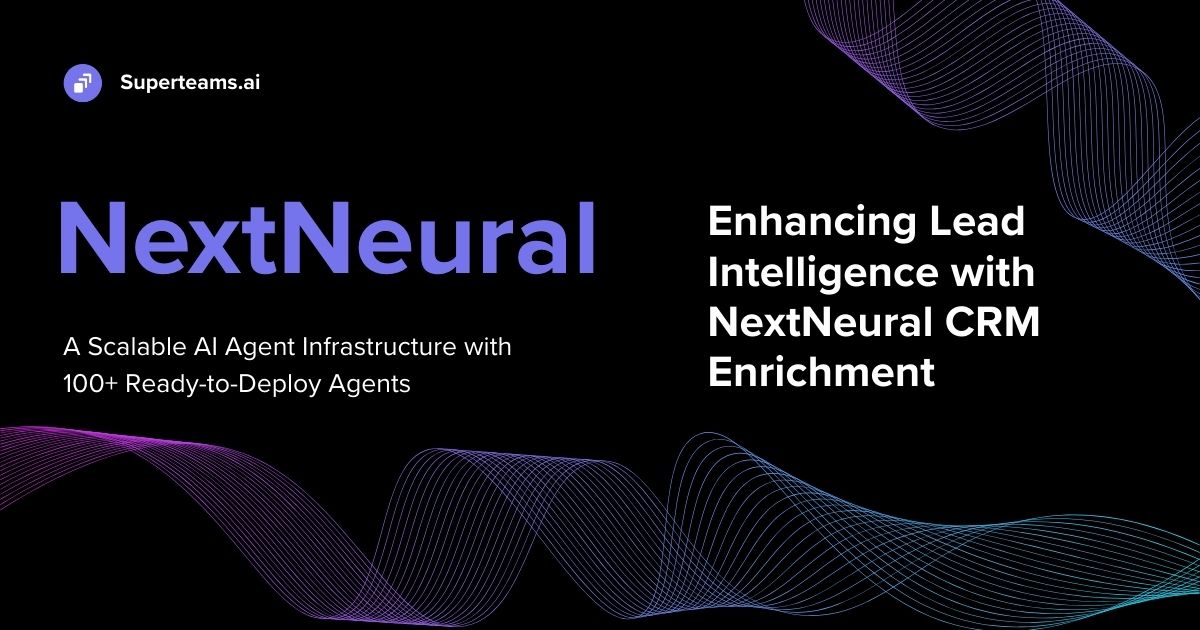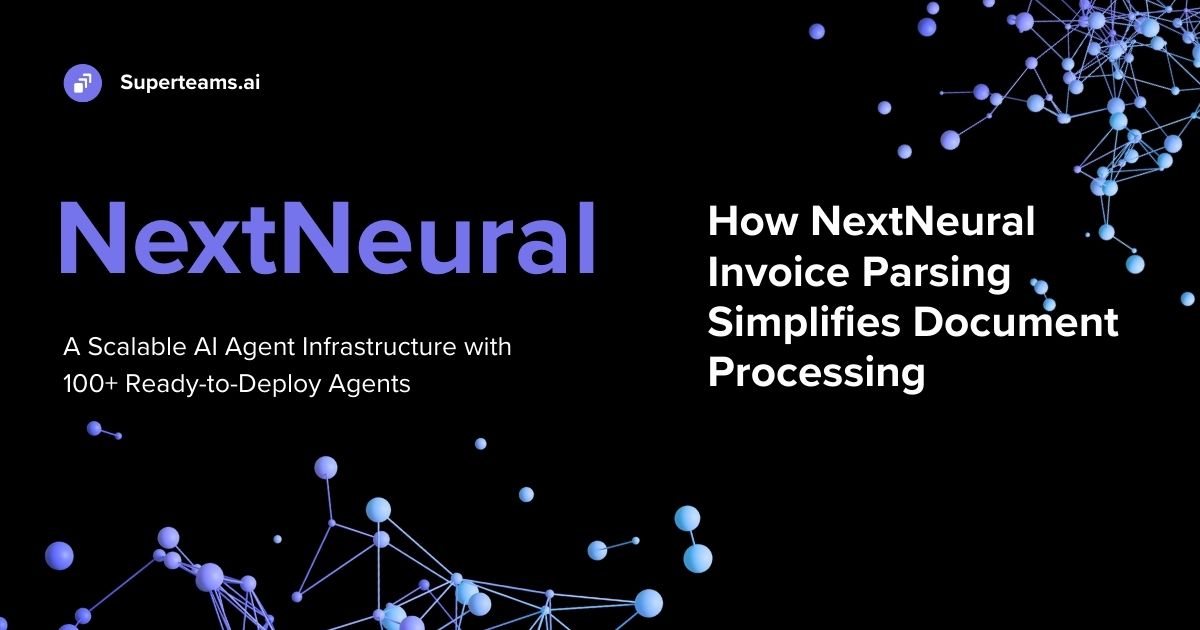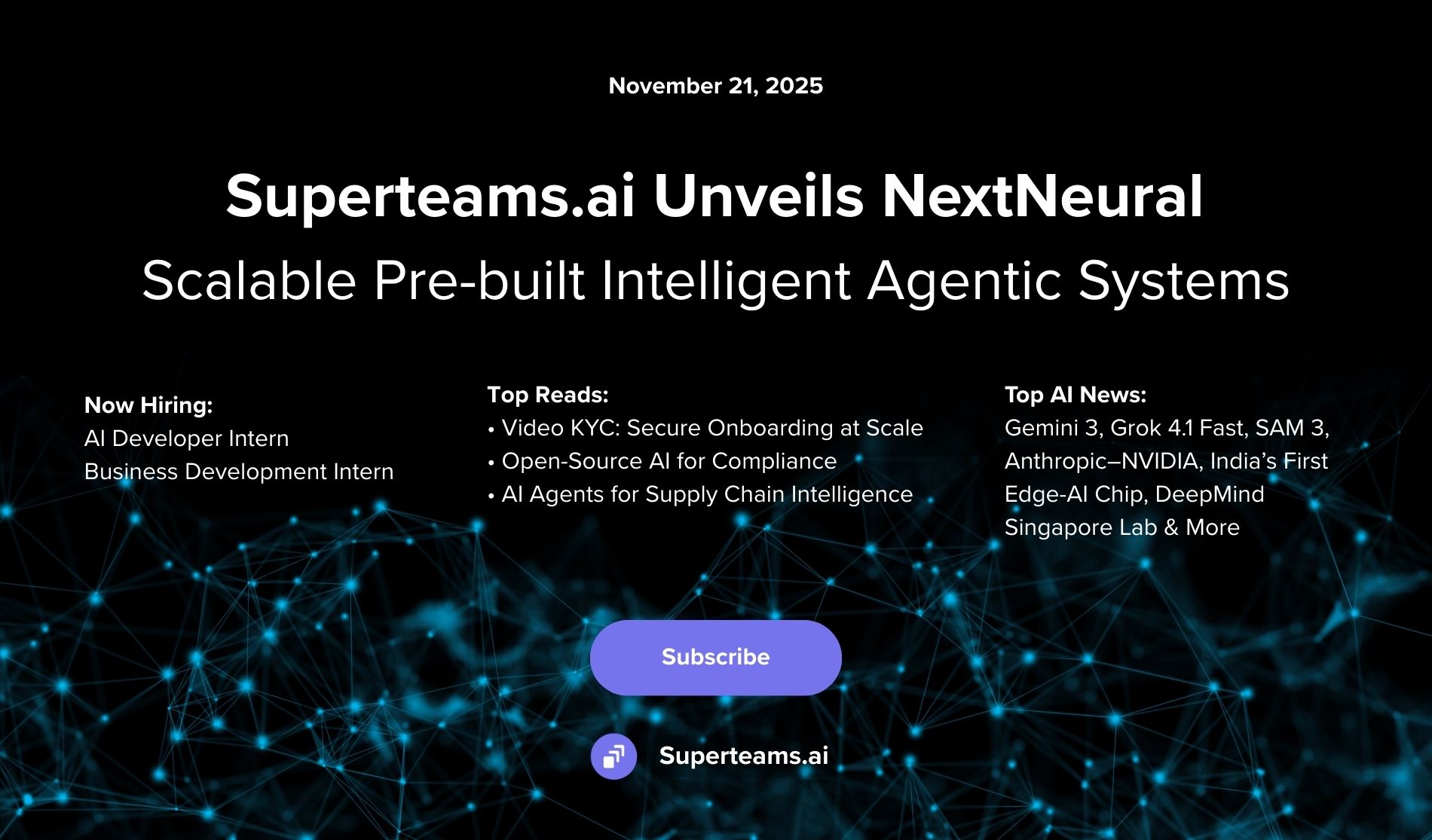How to Make Your B2B SaaS Startup Visible Through Technical Content
Here, we explore the best content marketing tips for B2B Startups.

The shift towards remote work and virtual collaboration has become a cornerstone for businesses striving to stay agile and maximize their productivity. This shift has propelled the growth of the B2B SaaS market, with revenue projected to reach $339.10 billion in 2024 and expected to grow at a compound annual growth rate (CAGR) of 19.28% through 2029, ultimately reaching $818.80 billion.
The Competitive Landscape of B2B SaaS
The competition is intense, and the market’s substantial growth brings its own set of opportunities and challenges. The increase in demand for cloud-based applications has led to a surge of new players, each player vying for a slice of this lucrative market. What sets a business apart in this crowded market is utilizing smart tools for creating visibility and ensuring differentiation.
Importance of Visibility for Lead Generation
To put it in simple terms, strong visibility helps attract potential customers, building brand recognition and establishing trust. The failure of a once-promising customizable SaaS platform highlights this point. Despite offering a versatile product, the company struggled due to poor marketing and lack of visibility. This failure to reach its target audience ultimately led to insufficient customer acquisition and the company’s eventual shutdown.
For B2B SaaS startups, prioritizing visibility through strategies like technical content is essential for engaging and educating the target audience, ensuring long-term success in a highly competitive market.
Technical Writer OR Technical Content Writer?
These two aspects of technical writing that are often confused and act as misnomers to each other. However, they serve totally different purposes. Let us see how:
Technical writing focuses on creating clear, precise documentation, such as user manuals, guides, and technical specifications, intended to help users understand and use a product or system effectively. The primary goal is to convey complex information in a straightforward manner that is easy to follow and implement.
On the other hand, technical content writing is geared toward engaging and educating a broader audience. This type of writing includes blog posts, whitepapers, and case studies, which aim to explain technical concepts or promote products to a less specialized audience. While it still requires clarity and precision, technical content writing often relies on storytelling and persuasive elements to make the content more accessible and engaging.
Why Is Technical Content Effective for B2B Audiences?
According to the KPMG report, SaaS adoption is growing with 40% of companies using SaaS for at least half of their enterprise applications. Based on the report, we analyzed the following:
To maximize the value of SaaS, organizations must align business goals with technology requirements. This alignment can be effectively conveyed through technical content that highlights the advantages of new SaaS features.
A significant number of companies miss out on leveraging SaaS updates due to a lack of technical knowledge or resources, with only 27% adopting more than half of vendor-released features in the past two years. Addressing these gaps through technical content can position a B2B SaaS provider as a thought leader, increasing visibility.
The top business outcome from SaaS updates is improved data management, aligning with the enterprise agenda to create a modern, data-driven business. Showcasing how a B2B SaaS solution contributes to such outcomes in technical content can enhance visibility.
Identifying the Target Audience
To create compelling technical content, you must clearly understand your target audience. Identify their pain points, challenges, and aspirations. Conduct thorough market research, engage in conversations with your existing customers, and analyze industry trends. This knowledge will help you tailor your content to resonate with your audience and provide meaningful solutions.
Tailoring Content to Different Buyer Personas
B2B buying decisions often involve multiple stakeholders, each with unique concerns and priorities. CTOs might focus on scalability and integration, while developers care about ease of use and API documentation. Tailoring your content to these distinct personas is crucial.
For instance, technical white papers can address a CTO’s strategic concerns, while in-depth tutorials might appeal to developers looking for hands-on guidance. By aligning content with the needs of each persona, you increase the likelihood of engaging all decision-makers in the buying process.
Developing Technical Content As a Marketing Strategy
According to Getto, Labriola, and Ruszkiewicz (2022) in Content Strategy: A How-to Guide, developing technical content as a marketing strategy involves several key steps:
Planning: Content strategists create detailed plans, templates, and guidelines, integrating content marketing and SEO strategies. This stage also includes setting a budget and creating a content publishing schedule to ensure alignment with marketing objectives.
Creation: They oversee the development of various content types, ensuring they engage the target audience effectively.
Publication: This stage involves deciding on content types and formats, choosing appropriate content channels, and distributing the content through the selected channels.
Governance: Content strategists manage content post-publication, keeping it updated, relevant, and authoritative to maintain its impact.
Aligning Content with the Sales Funnel
The buyer’s journey is one of the most important aspects of a potential customer. Let’s look at how technical content should cater to them right from the awareness to the decision stage.
Top of the Funnel (Awareness Stage):
At the awareness stage, content should focus on educating the audience about the problems they face and the available solutions. This could include blog posts, whitepapers, or infographics that address common industry pain points.
Middle of the Funnel (Consideration Stage):
Here, the content should shift to more detailed guides, case studies, or webinars that showcase your product's capabilities and how it can solve specific problems.
Bottom of the Funnel (Decision Stage):
At this stage, the content should be tailored to support the final decision-making process. This could include product demos, detailed FAQs, or customer testimonials that highlight the product's effectiveness and return on investment.
Creating High-Quality Technical Content
Deep Technical Expertise
For a successful B2B SaaS content strategy, possessing subject matter expertise is just the starting point. The real impact comes from showcasing the expertise through technical content that's clear, accessible, and actionable. This approach not only positions you as a thought leader but also builds trust by offering detailed insights, practical advice, and real-world solutions to the technical challenges your audience faces. It's about turning knowledge into influence and value that resonates with your target market.
Incorporating Data and Case Studies
Nothing inspires more trust than solid numbers and glowing client testimonials. By incorporating relevant statistics, case studies and authentic customer feedback, you can provide undeniable proof of your product’s effectiveness. According to Uplift Content (2024), In 2024, 49% of SaaS marketers reported that case studies are "very effective" at driving sales, up from 39% in 2023. This increase highlights the growing importance of case studies as a powerful tool in SaaS marketing strategies.
Maintaining Consistency and Regularity
Consistency is key in content marketing. Regularly publishing high-quality content keeps your audience engaged and signals to search engines that your site is active, boosting your SEO. Develop a content calendar that outlines what will be published and when, and stick to it. This regularity helps establish your startup as a reliable source of information, which is critical for building and maintaining trust with your audience.
Promoting and Distributing Your Technical Content
Leverage Social Media Channels
To effectively promote your technical content, leverage diverse social media channels. Begin by identifying the platforms where your target audience is highly engaged and establish a presence there. Share your content, actively participate in conversations, and foster discussions surrounding your topics of expertise. By doing so, you can cultivate a community of followers who deeply appreciate and seek your insights.
Collaborate with Influencers
Partnering with influencers or industry experts can amplify your visibility. Seek collaborations for content creation, co-marketing initiatives, or guest appearances on their platforms. Their endorsement and support can help expand your reach and credibility within your target market.
Measuring Content Performance
To gauge the success of your technical content, it's essential to align your goals with specific Key Performance Indicators (KPIs):
Tools for Monitoring and Analyzing Technical Content
Domain Authority (DA) Checker: This is a powerful tool for monitoring and analyzing the performance of your technical content. According to marketing guru Neil Patel, a high DA score signifies that your website is seen as trustworthy and credible, especially within your industry. This tool evaluates your site’s potential to rank well on search engines by analyzing factors like backlink profiles and overall site health. Ranking high in DA not only boosts your site’s visibility but also establishes your brand as an authoritative voice in your niche, enhancing your industry reputation.
Google Analytics: This tool helps track user behavior, providing insights into page views, time spent on pages, and conversion rates. It’s essential for understanding how your content is performing in terms of engagement and traffic.
HubSpot: HubSpot offers comprehensive analytics for content marketing, allowing you to track lead generation, conversion rates, and overall content effectiveness across various channels.
SEMrush: SEMrush provides robust tools for SEO analysis, tracking keyword rankings, backlink profiles, and domain authority, which are crucial for assessing your content’s visibility and impact.
The importance of technical content writing in the digital age cannot be overstated. According to the Content Marketing Institute, 97% of marketers recognize content writing as a key element of their marketing strategy, with 60% reporting success in attracting new customers through their content efforts. This data underlines the critical role that well-crafted content plays in driving engagement, generating leads, and ultimately, fostering business growth.
The above rings true especially for B2B SaaS startups. It’s all about cutting through the clutter. The sheer volume of content produced daily makes it challenging for the message to stand out. This is where effective technical content writing becomes invaluable. By delivering content that is not only informative but also tailored to the specific needs of the audience, B2B SaaS startups can enhance visibility, engage key stakeholders, and secure a competitive edge in a rapidly evolving market.
References
Statista. (n.d.). Public cloud software as a service (SaaS) - worldwide. Statista. Retrieved August 12, 2024, from https://www.statista.com/outlook/tmo/public-cloud/software-as-a-service/worldwide
KPMG LLP. (2023). Opportunity is knocking: Are you answering?. Retrieved from https://kpmg.com/kpmg-us/content/dam/kpmg/pdf/2023/opportunity-knocking-are-you-answering.pdf
Getto, G., Labriola, J., & Ruszkiewicz, S. (2022). Content Strategy: A How-to Guide. https://doi.org/10.4324/9781003164807
HubSpot. (2024). Content marketing. Retrieved from https://blog.hubspot.com/marketing/content-marketing
Uplift Content. (2024). The power of SaaS marketing case studies. Retrieved from https://www.upliftcontent.com/blog/saas-marketing-case-studies/
Patel, N. (n.d.). Increase domain authority. Retrieved from https://neilpatel.com/blog/increase-domain-authority/
Google. (n.d.). SEO starter guide. Retrieved from https://developers.google.com/search/docs/fundamentals/seo-starter-guide
Content Marketing Institute. (2021). B2B content marketing: Benchmarks, budgets, and trends - Insights for 2022. Retrieved from https://contentmarketinginstitute.com/wp-content/uploads/2021/10/B2B_2022_Research.pdf








